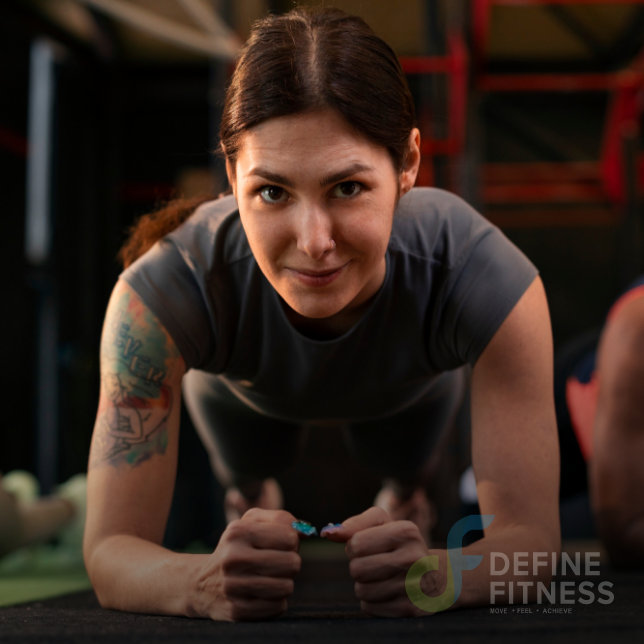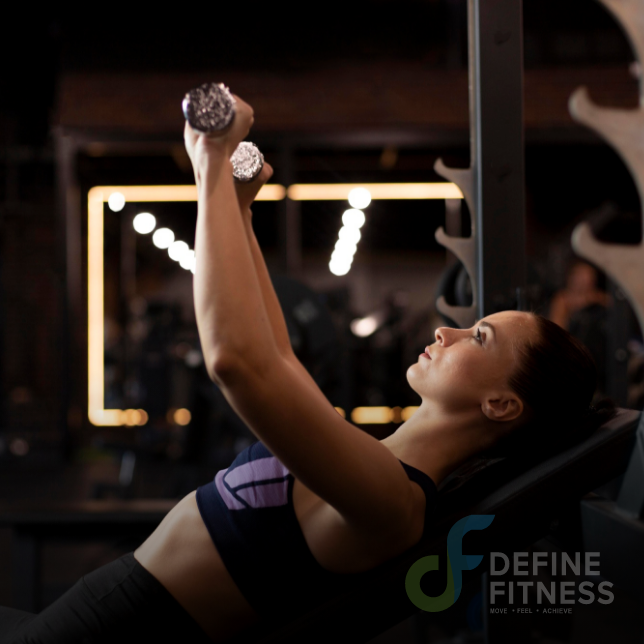Why Do I Get So Sore After Exercise? – DOMS Explained
You’ve all heard the saying ‘no pain no gain’ when it comes to working out, and unless you’ve been especially fortunate, chances are you’ll have woken up very sore following a particularly tough workout.
A little soreness after a workout is perfectly fine, but if you find yourself experiencing difficulty walking, or severe pain and discomfort after working out, it’s important to know the differences between injuries and acute muscle soreness, and delayed onset muscle soreness, or DOMS, as we’re looking at today.
DOMS may be a perfectly natural process following a gruelling workout, but why do we get so sore after we exercise, and is there anything we can do to treat and prevent this in the future? Here’s a detailed look at DOMS.

What Exactly is DOMS?
Delayed onset muscle soreness, often abbreviated simply to DOMS, is basically tenderness, pain, tightness, or stiffness in your muscles after you exercise.
Typically, you’ll experience DOMS for 1 – 3 days after working out, with leg DOMS by far, being the most extreme. Seriously, if you’ve trained legs and have tried walking up the stairs or sitting on the toilet 1 – 2 days after leg day, you’ll know exactly what we’re talking about.
DOMS is basically a response to exercise, and although it may seem extreme, it’s perfectly normal and can be a good thing.

What Causes DOMS?
People once thought that DOMS were caused by a buildup and accumulation of lactic acid in your muscles after you exercise. That theory, however, has now been debunked. Sure, lactic acid can lead to muscle fatigue, and muscle cramping, but it is not responsible for delayed onset muscle soreness.
While it may seem a little bizarre, DOMS is actually the sign of a safe and productive workout. Yes, it may seem extreme for pain and discomfort to be the sign of a good exercise session, but just hear us out.
When we exercise, even though it’s very good for us, the body sees exercise as trauma and stress, and experiences stress responses as a result.
How to Treat DOMS
Even though DOMS is not very serious, it can be quite painful for a day or two after a workout, and it can also negatively impact future workouts and athletic performance in general. The good news is that there are things we can do to treat and manage DOMS, including:
1.Massage therapy
2.Hot and cold therapy
4.Keeping the muscles moving
5.Healthy diet rich in vitamin C and immune-boosting nutrients
6.Anti-inflammatory pain relief in very extreme cases